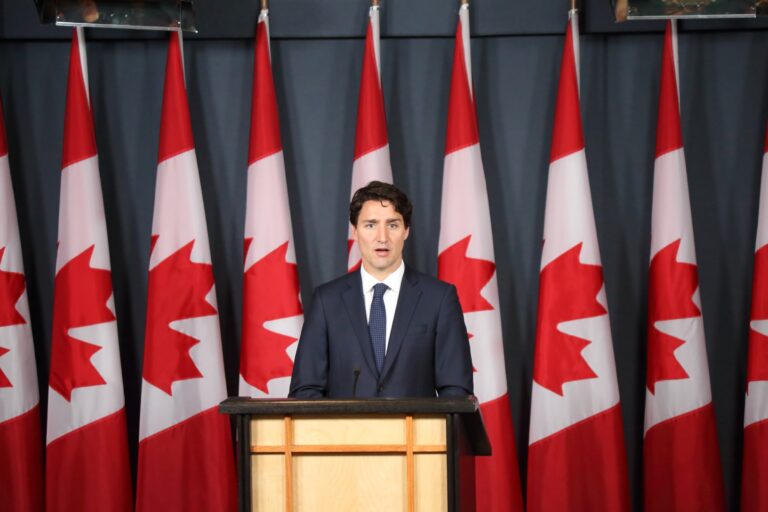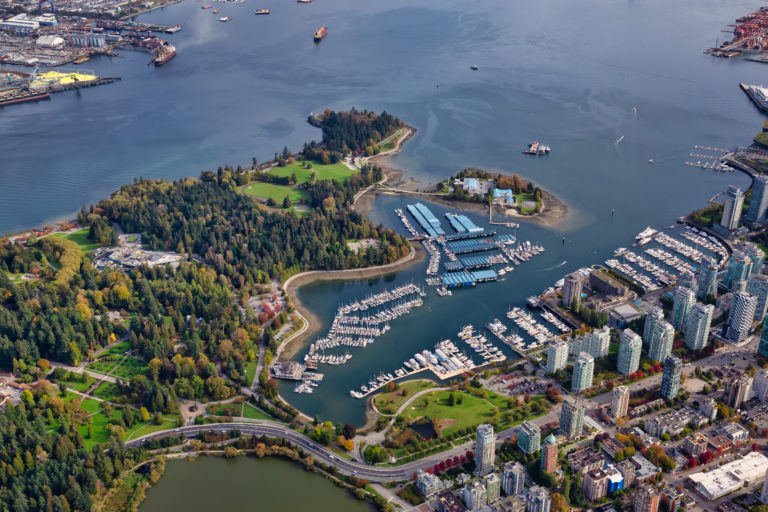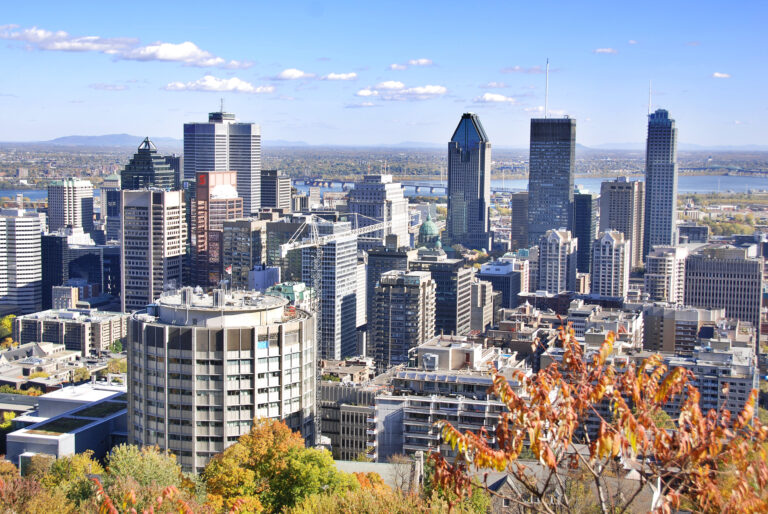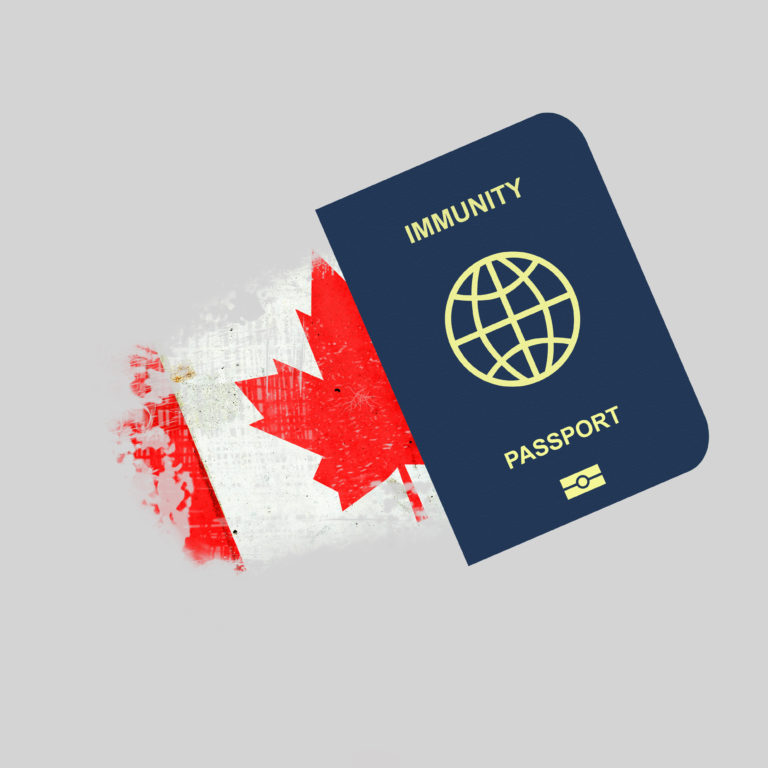Are you a candidate with skills and qualifications in one of Canada’s 82 jobs for occupation-specific Express Entry draws? We want to help you move to Canada. Please submit your CV here.
Demand for workers proficient in artificial intelligence, or AI, is growing in Canada with employers increasingly looking for workers who can develop or at least use these products.
“Everyone is looking for people who understand how to use AI,” said MaRS innovation hub senior advisor Jenny Yang.
“Some are companies that want to use (AI chatbot) ChatGPT themselves directly … and then there are companies who are trying to really hire data scientists, who want to build AI products.”
A search of the Indeed job-hunting website for the term AI turned up 945 job postings across Canada. Job Bank, the federal government’s job-hunting and career-planning website, listed 626 job postings for artificial intelligence programmer (NOC 21232).
Based on a 37.5-hour work week, these artificial intelligence programmers could expect to earn a median annual income of $87,009, Job Bank figures reveal.
Read More Canada Immigration News
Low-Cost Loans For Canadian Schools Wanting To Build Residences
Why Best French Speaking International Workers Aren’t Immigrating To Quebec
Calls In Sudbury For RNIP To Be Permanent Immigration Program
Accounting giant KPMG’s latest Generative AI Adoption survey reveals the number of Canadians using artificial intelligence is growing.
More than six in 10, or 61 per cent, of generative AI users were using the technology multiple times a week for work purposes in November last year, up from 52 per cent in May. One in five Canadians were then using generative AI daily.
“The incredible speed of adoption after just one year of being introduced to the general public shows how generative AI has not only revolutionized the way people work, but it’s supercharged the speed of technology innovation as well, with breakthroughs happening at a much faster rate,” said Seamus Blackmore, a partner at KPMG in Canada and the Toronto-based product leader at Lighthouse, the firm’s emerging technology practice.
Watch Video
“Many generative AI systems have already evolved from large language models to being multi-modal systems, meaning they create content from photos or voice commands rather than just text prompts. For business leaders, it’s imperative to keep up with this rapidly evolving technology, understand how it could affect their business, and adapt their strategies accordingly if they want to compete.”
With the growing use of AI in the workplace, more recruiters are looking for candidates with these skills and developers are being taught how to use tools to build AI.
Immigration Programs Offer Route For Employers To Find Needed Workers
Canadian employers hoping to attract workers through economic immigration can recruit them through the TFWP and the International Mobility Program (IMP).
The Global Talent Stream (GTS), a part of the TFWP, can under normal processing situations lead to the granting of Canadian work permits and processing of visa applications within two weeks.
Employers can also bring in foreign nationals to fill available positions through the Express Entry system, which receives immigration applications online.
It powers the Federal Skilled Worker Program (FSW), Federal Skilled Trades Program (FST), and Canada Experience Class Program (CEC) which all draw from the Express Entry pool of candidates. Those with the required Comprehensive Ranking System (CRS) scores are then sent Invitations to Apply (ITAs) in regular draws.










